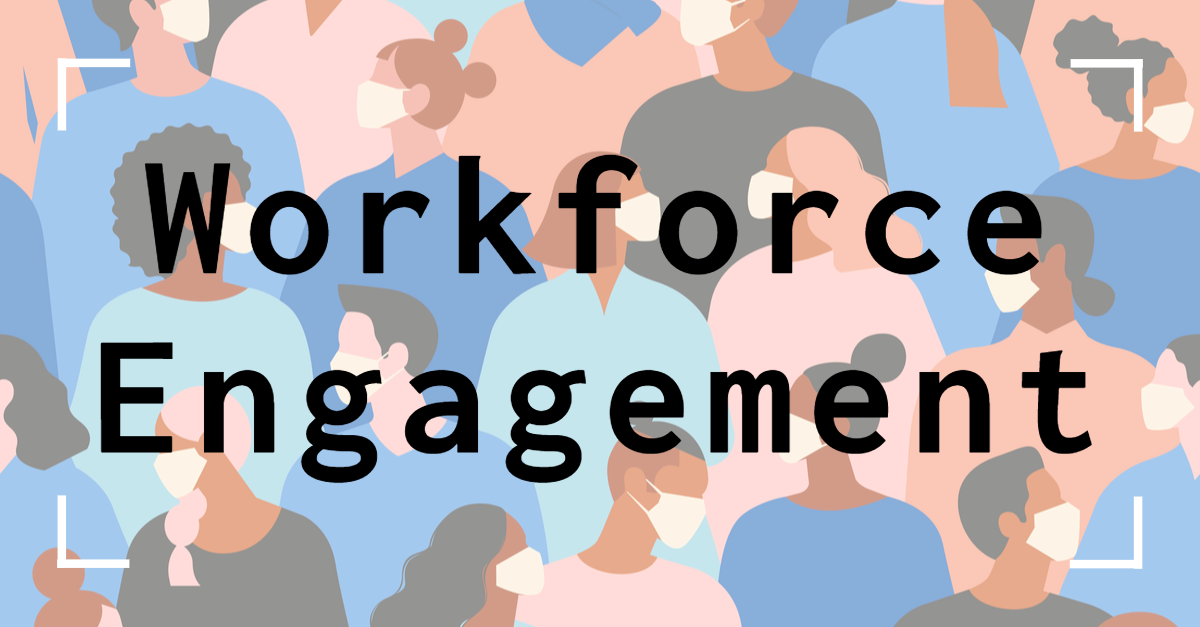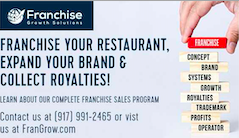Photo by Desola Lanre-Ologun on Unsplash
Maximizing Employee Retention
By Johnny Day
An engaged employee contributes to the organization and feels valued by it. In addition, an engaged employee can be more productive, loyal, and energetic than a disengaged one. And when employees are happy at work, they tend to stay longer with their employer. For this reason, companies are increasingly focusing on improving employee retention rates. However, not all companies have the same needs or resources, and there are no simple solutions that apply across industries or countries. So here we will look at some strategies for maximizing your company’s retention rates:
Stop focusing on the costs of retention.
One of the biggest mistakes you can make is to focus on the costs of retaining employees. The price may be slightly higher than recruitment, but it’s a good investment for your business.
Retention rates are typically 20% higher than recruitment costs, so if you can retain just one good worker for an extra year, you’ll have saved more money than you spent on hiring that person in the first place!
Retention can lead to increased productivity and morale within your company, which helps ensure everyone stays motivated at work. It also means less turnover and improved efficiency during work hours because everyone knows what they’re doing now.
The reasons above don’t even include all the additional benefits of employee engagement when people like their jobs.
Create a retention strategy
The first step in creating a retention strategy is ensuring it aligns with your overall business strategy. A solid retention plan should be implemented at all levels of the organization, from executives down to frontline employees. Additionally, it should use data related to turnover rates and reasons for leaving—to shape its strategies and methods. Once you have decided on how you want to approach employee retention (and are ready for action), several tools can help:
Surveys are great tools for gathering information from employees about their work environment, including areas where they feel happy and satisfied and where they see room for improvement. You can use them to determine why employees choose one company over another when deciding between job offers. This information will give you insight into what matters most when making offers yourself!
Exit interviews: Though exit interviews don’t always happen before an employee leaves a company (sometimes managers ask them after someone has already left), they’re still valuable because they provide feedback directly from former employees who have new insights into what made them decide to leave their old jobs or departments within their organizations.*
If you can’t think of anything else to do, then focus on improving the employee experience. You want to ensure that your employees are happy with their work environment, coworkers, and tasks.Exit interviews allow you to find out what employees liked best about their work. They will also help you understand why they chose to leave; they also help you identify ways to improve your current practices or create new ones. These interviews can be conducted face-to-face or over the phone; some companies even use an online survey tool to gather information from departing employees.
Audit your human resources workflows. The first step in improving your retention is determining where you fall short and how. You can do this through an audit of your HR workflows, which will allow you to identify areas where there are gaps, bottlenecks, or redundancies. To do this, ask yourself:
* Are our new hires being onboarded properly? Are there any areas that need improvement (e.g., training) or opportunities for streamlining (e.g., documentation)?
* Do we have an effective method for recognizing and rewarding employees for their contributions? Is it efficient enough that we won’t lose valuable employees because they don’t feel appreciated quickly enough?
* How does our performance management process work from end to end? Does it provide timely feedback so employees can improve their performance and stay engaged?
Speak with your employees
To retain employees, you need to listen. Your employees are the experts on their well-being, so invite them into the conversation about how the work environment can improve things at work. Ask what they like about their jobs and what they would change if given a chance. Ask if they are happy where they are in their careers and whether or not they feel successful in their roles. Ask them if there is anything that the company could do differently to improve morale or make life easier for them at work. If someone feels valued at a company, they will happily recommend it to others who might also benefit from working there.
Retaining good workers can save you time and money as long as you care for them.
Retaining good workers can save time and money in today’s competitive business world. Here are a few tips to help you keep your employees happy and productive:
Appreciate them! Giving praise and showing appreciation for their work shows that you value their contributions, encouraging them to continue doing great things for your company.
Please give them the tools they need to succeed! If an employee is struggling with something they’re working on, helping them out or getting different technology might be enough to get them back on track again. If not, having a dedicated mentor on hand may be helpful too!
Encourage team bonding activities like group lunches or outings (always keeping safety in mind).
How do we measure and evaluate our employees’ performance? Is it timely enough to make an impact on their career development? How do we ensure that all employees receive regular feedback on their roles, responsibilities, and expectations? If you can answer these questions effectively, you can create an HR strategy that keeps your best talent. Many happy companies have taken to social media to understand their customers better. They are listening and responding to the needs of their audience. If you want your employees to feel valued, you should do the same thing. Ask them what they like about working for your company and what changes could be made to improve things even more. These questions will help your employees feel closer to each other and their workplace, which may encourage them to stick around longer. Offer growth opportunities! If an employee has been with you for a while, consider giving them more responsibility or training on something new to expand their skill set.
Conclusion
We hope this guide has been helpful for you and that it’s helped you think about employee retention in a new way. While most HR professionals know retention is essential, many don’t spend enough time planning for it or taking action to improve their retention strategies. But by following our tips here—and making sure your own company is prepared to do its part—you can help ensure that your employees feel valued and appreciated at work, which will lead them to stay longer with your organization. And if all else fails? Try giving out some nice bonuses!







